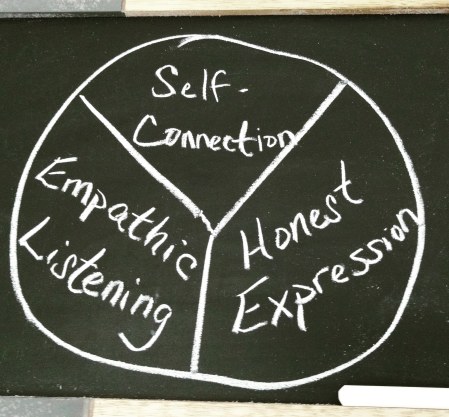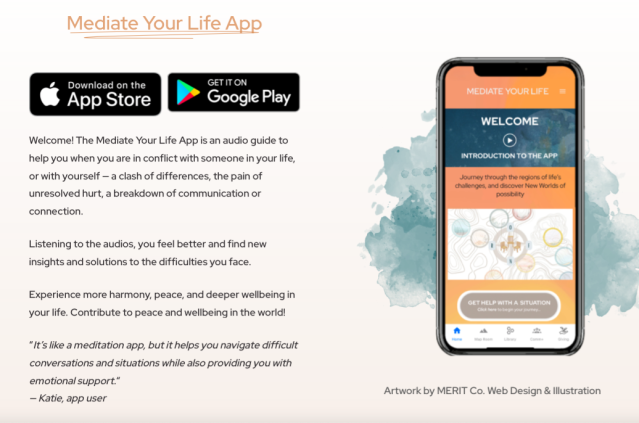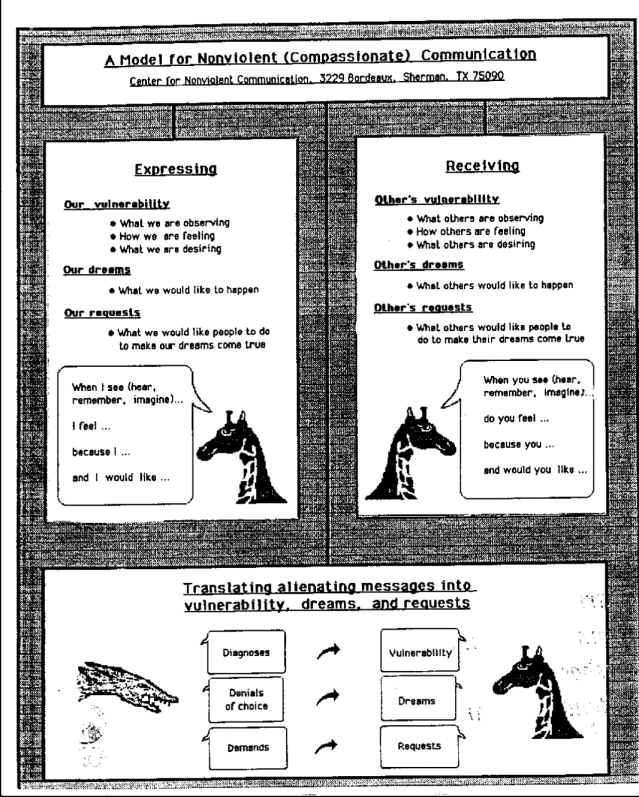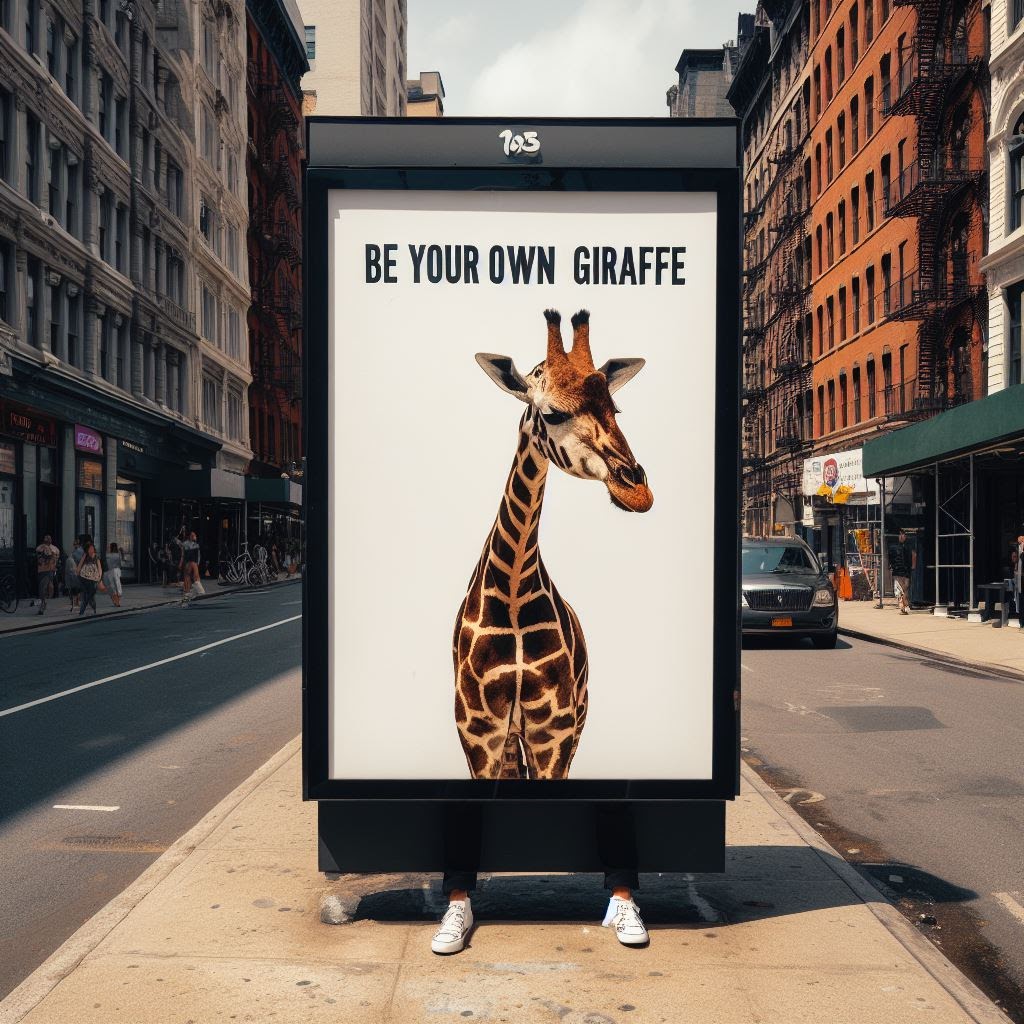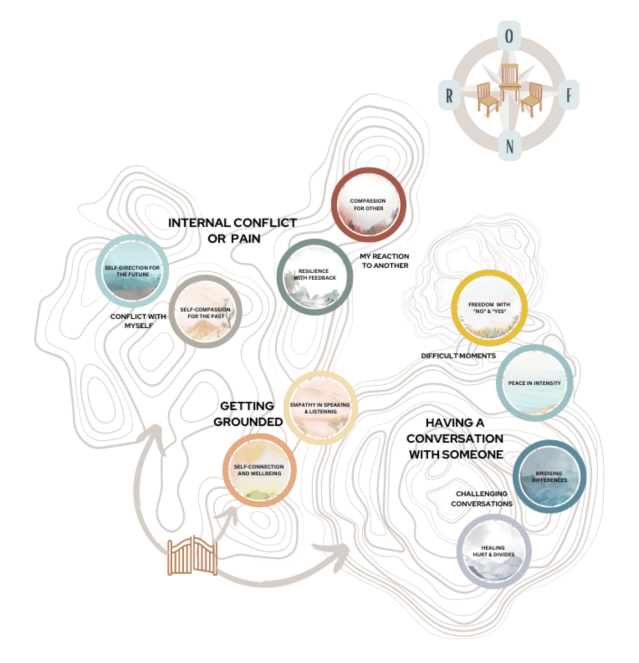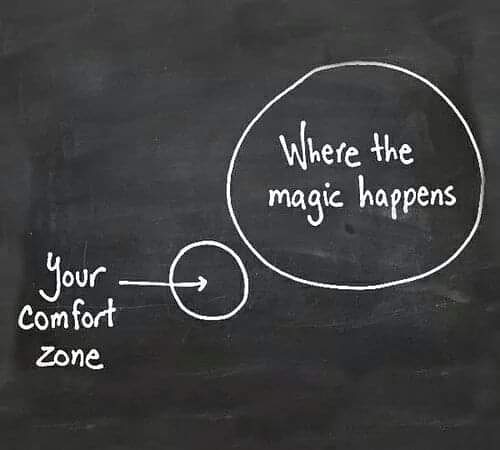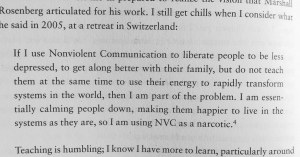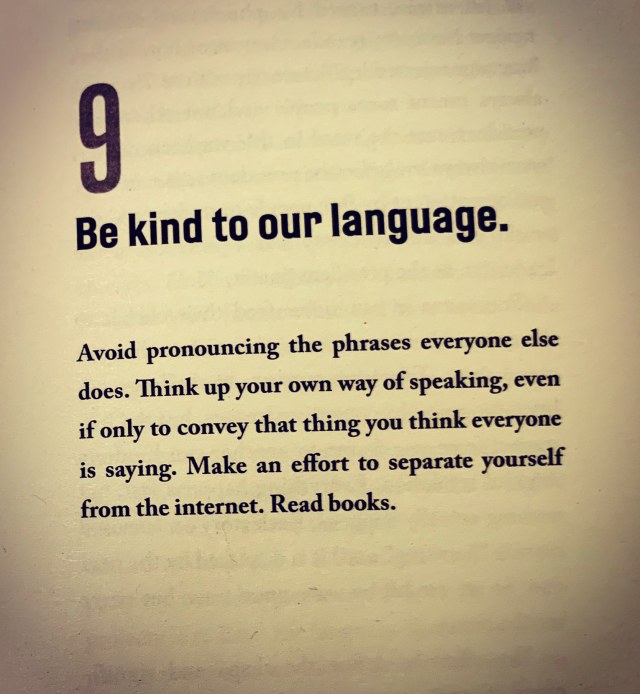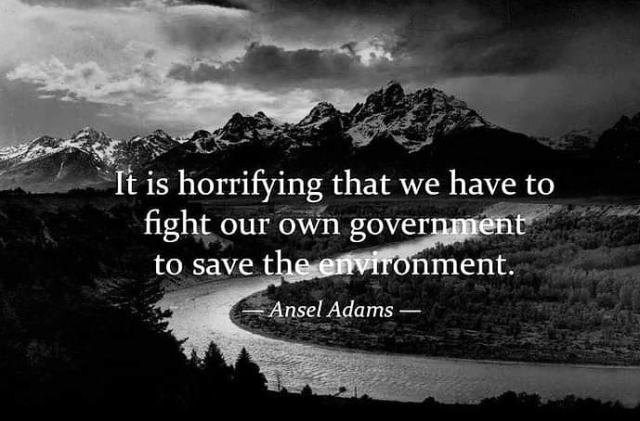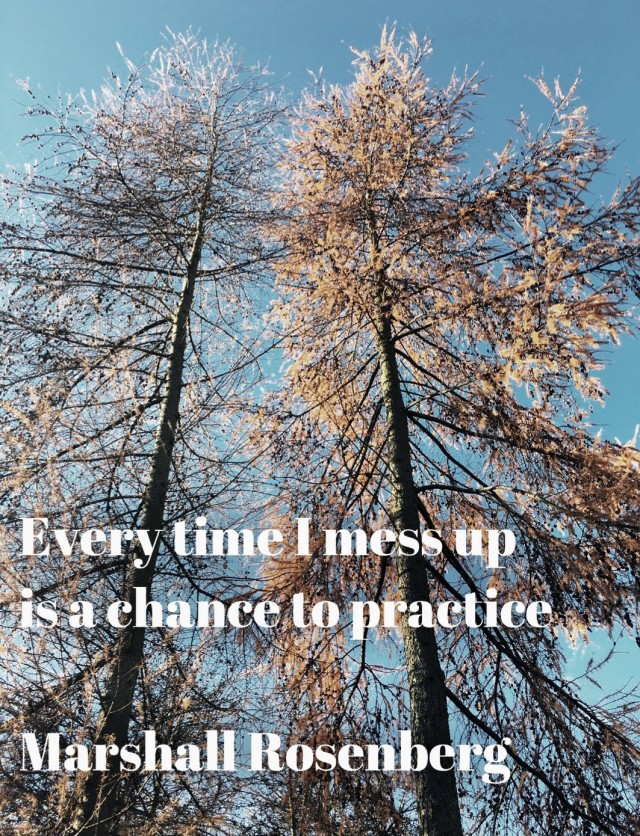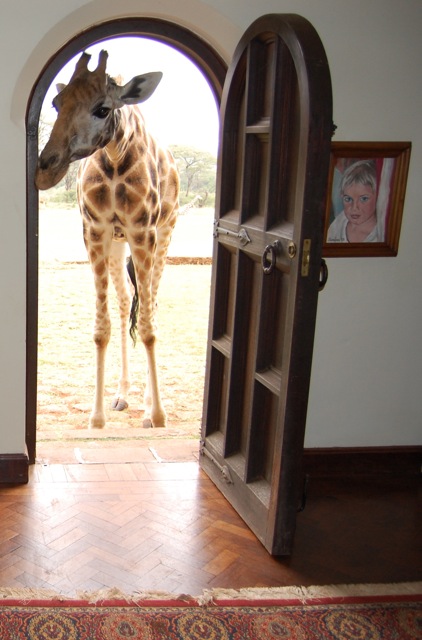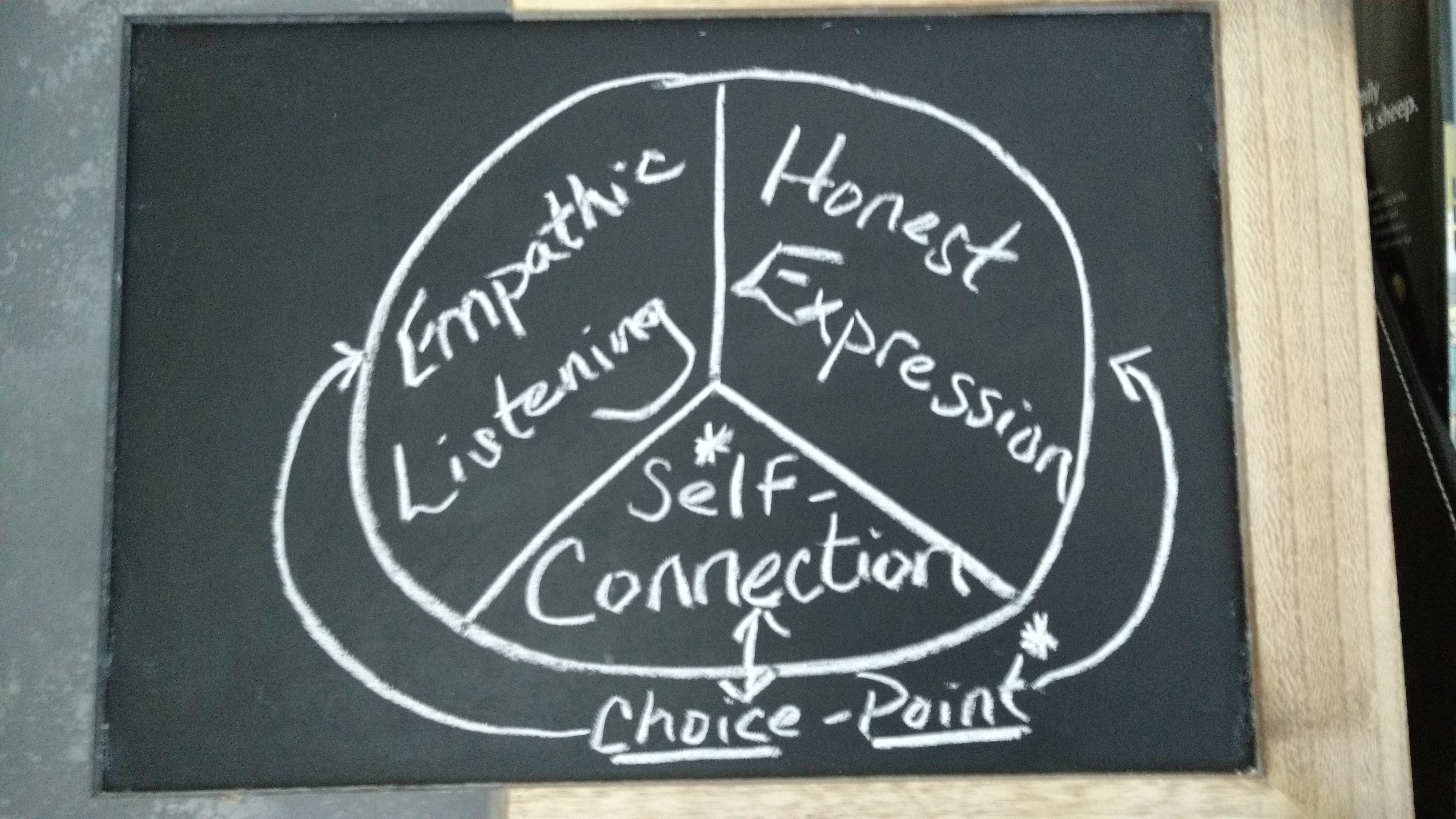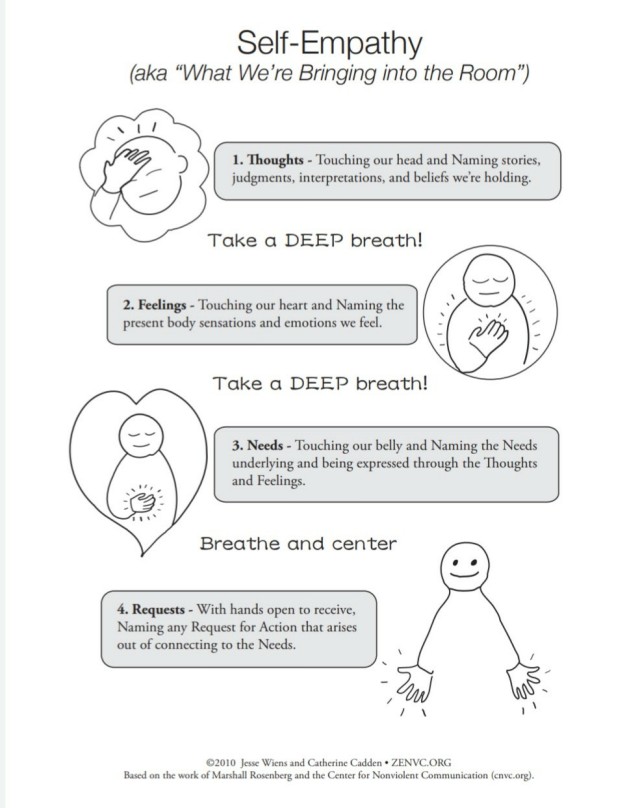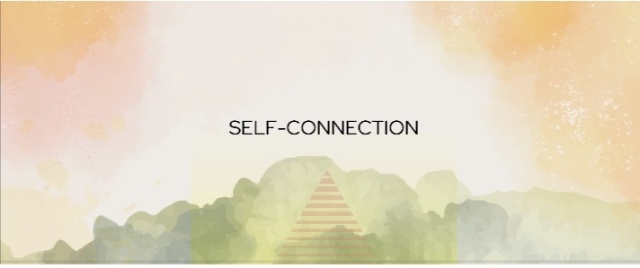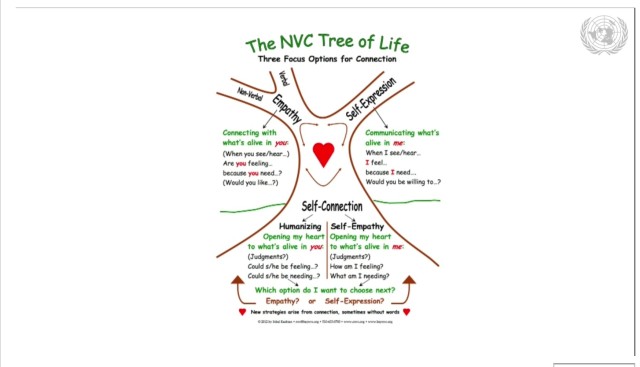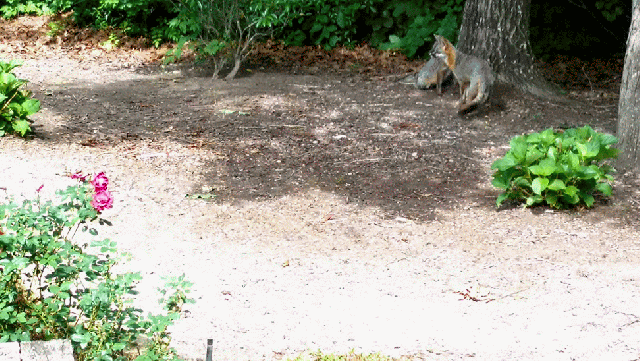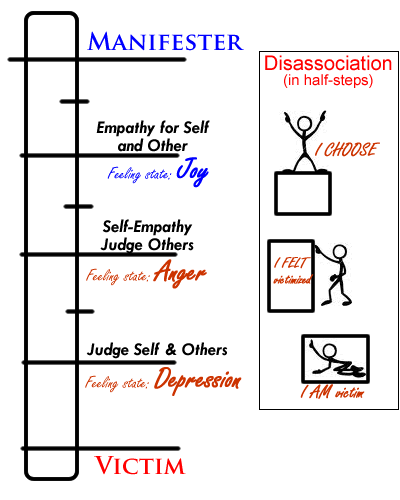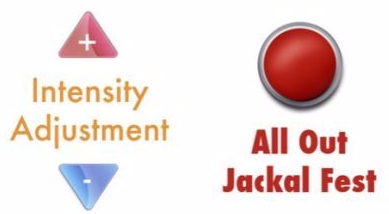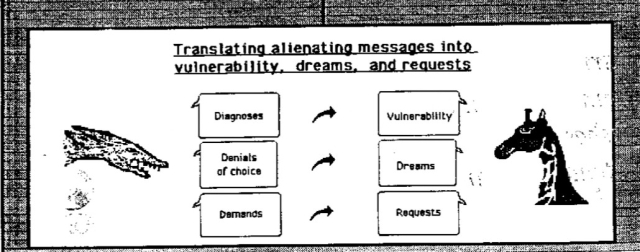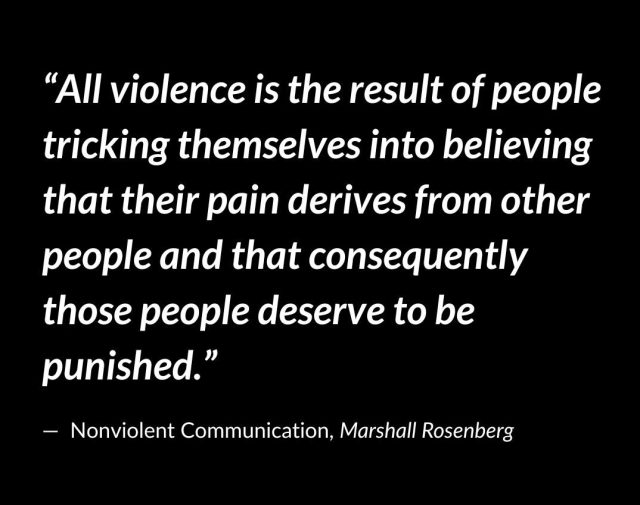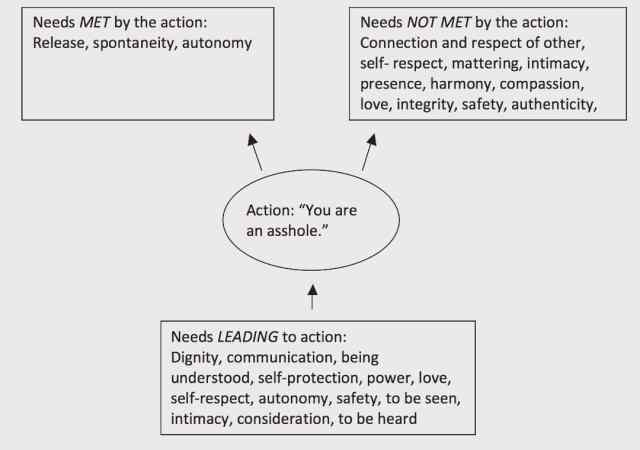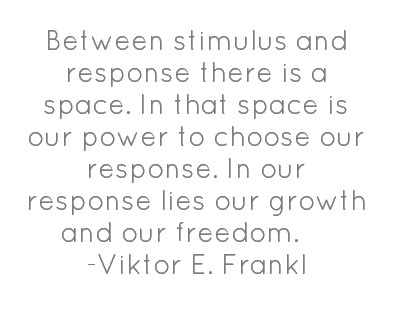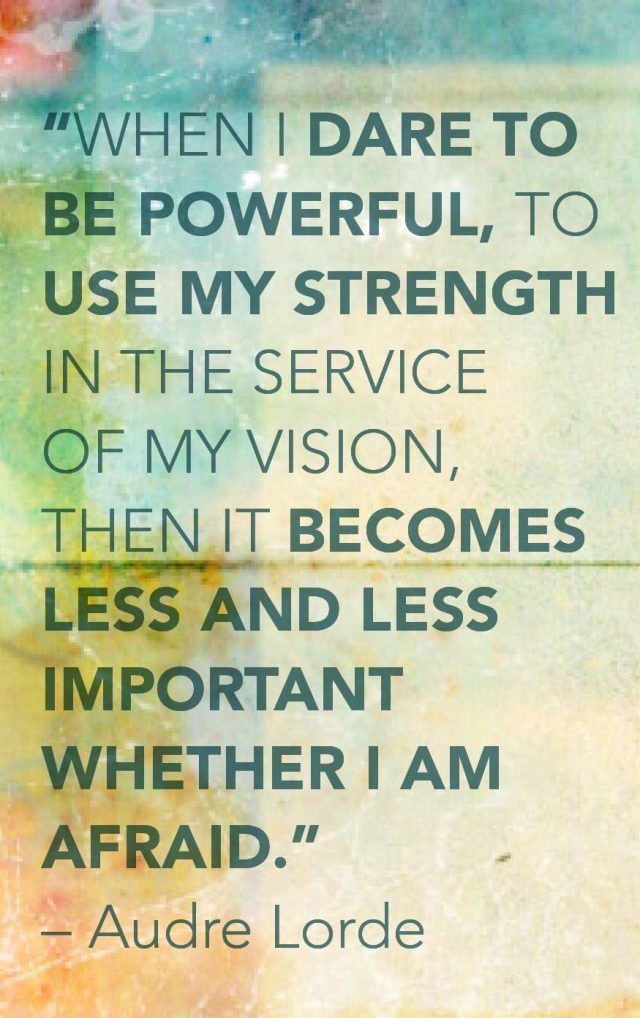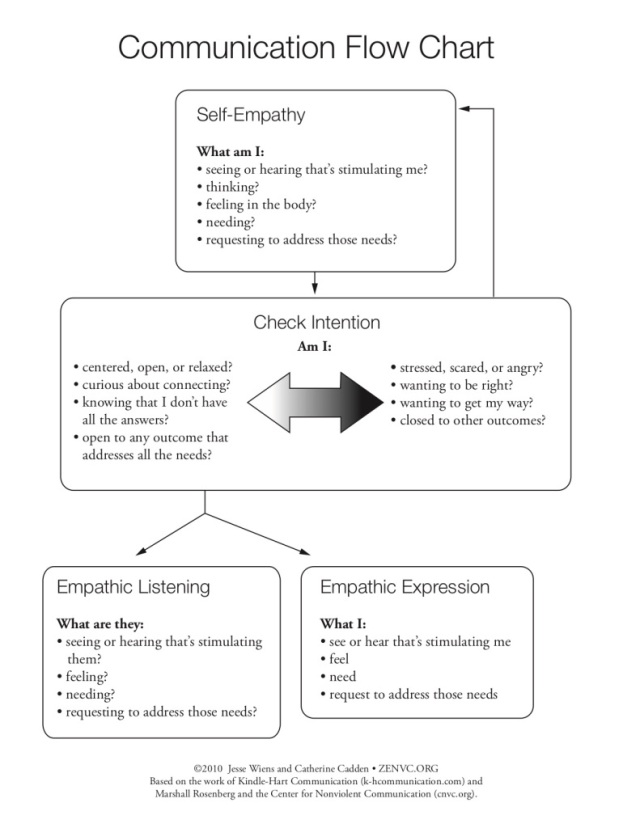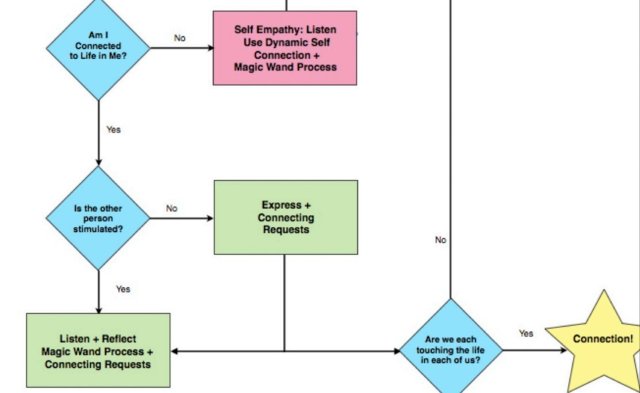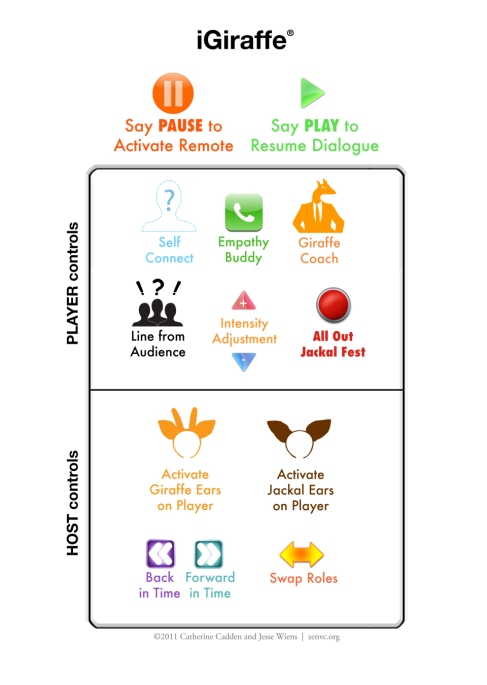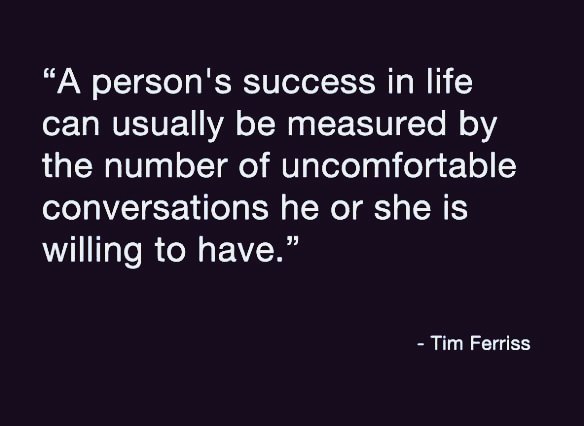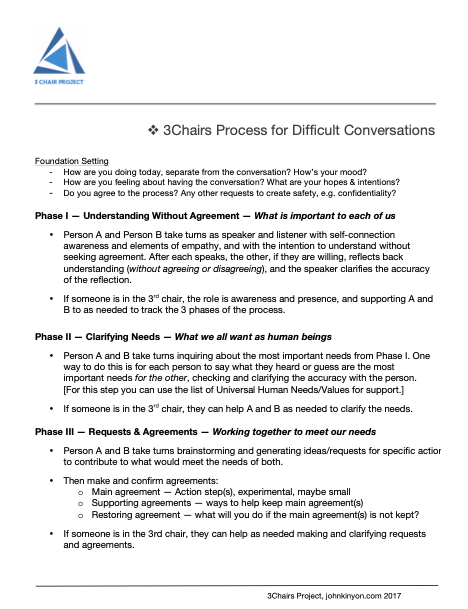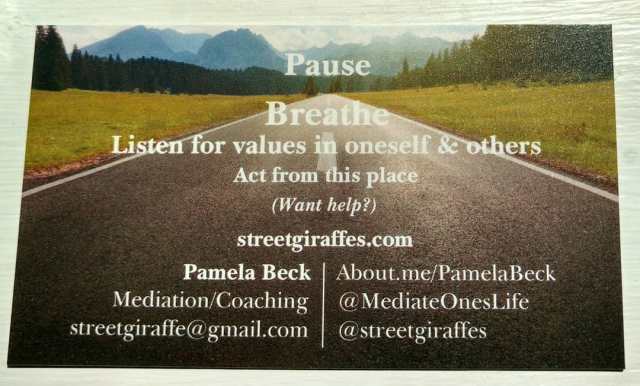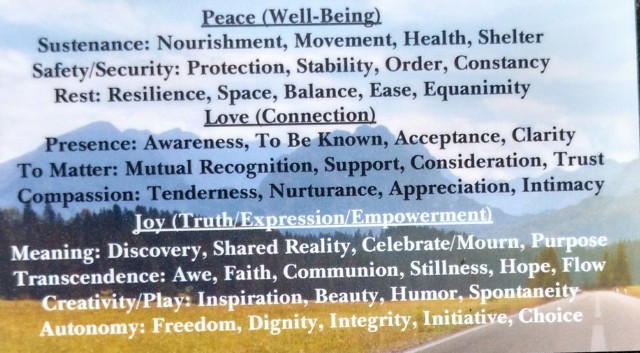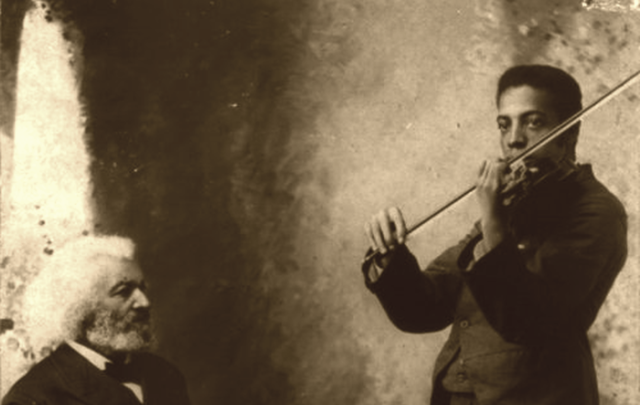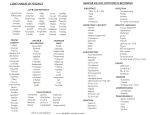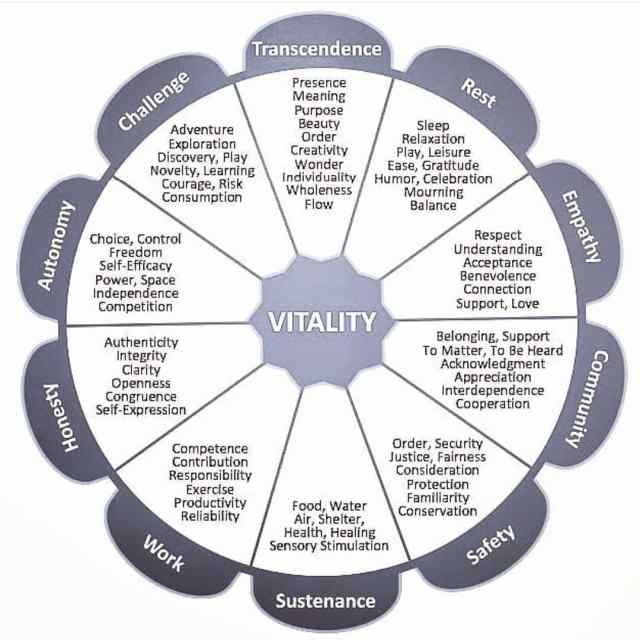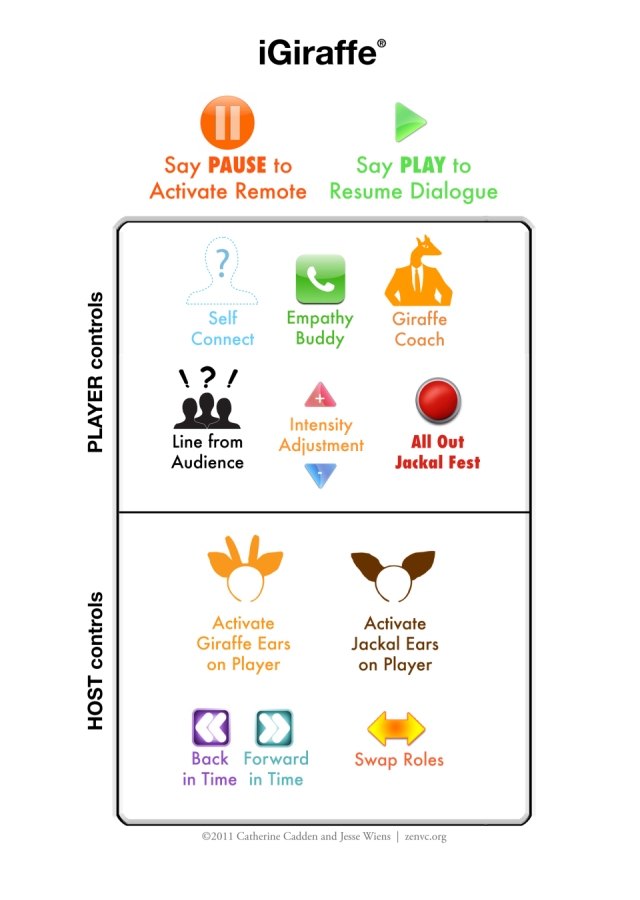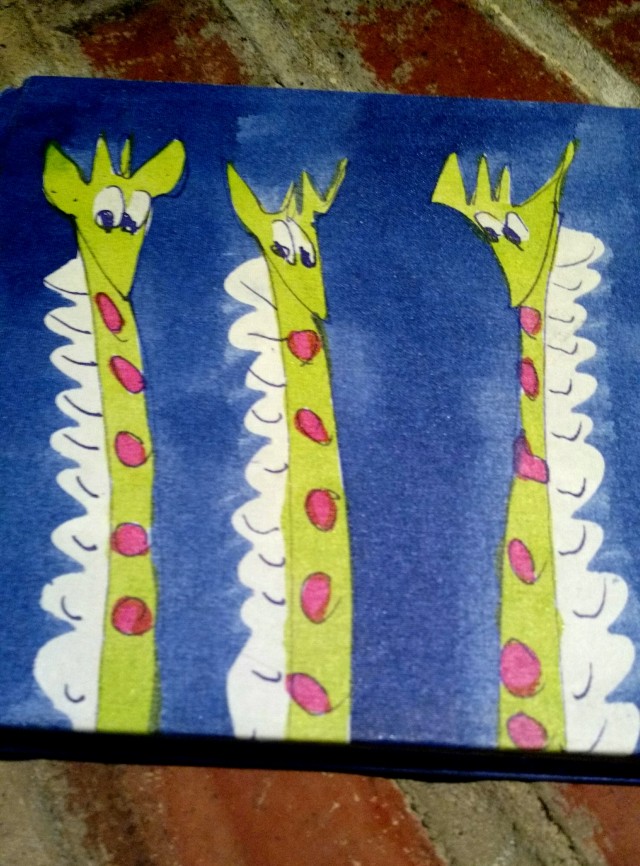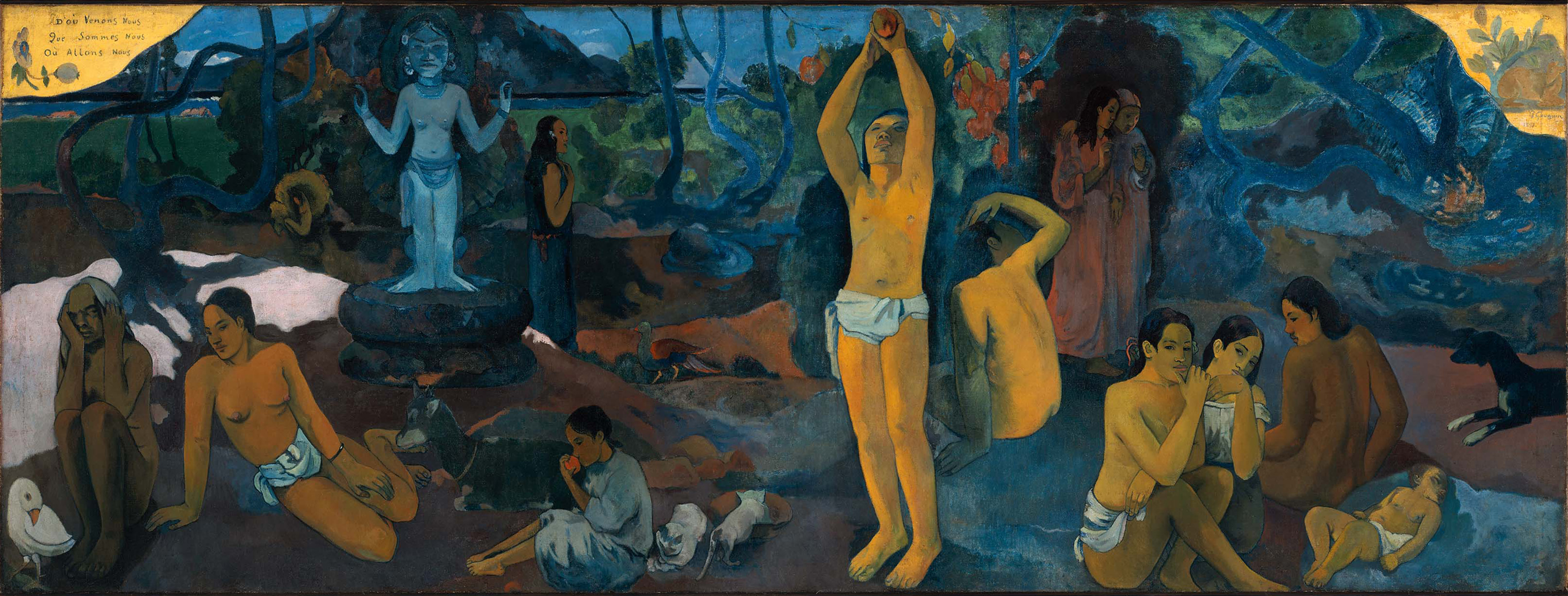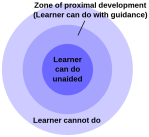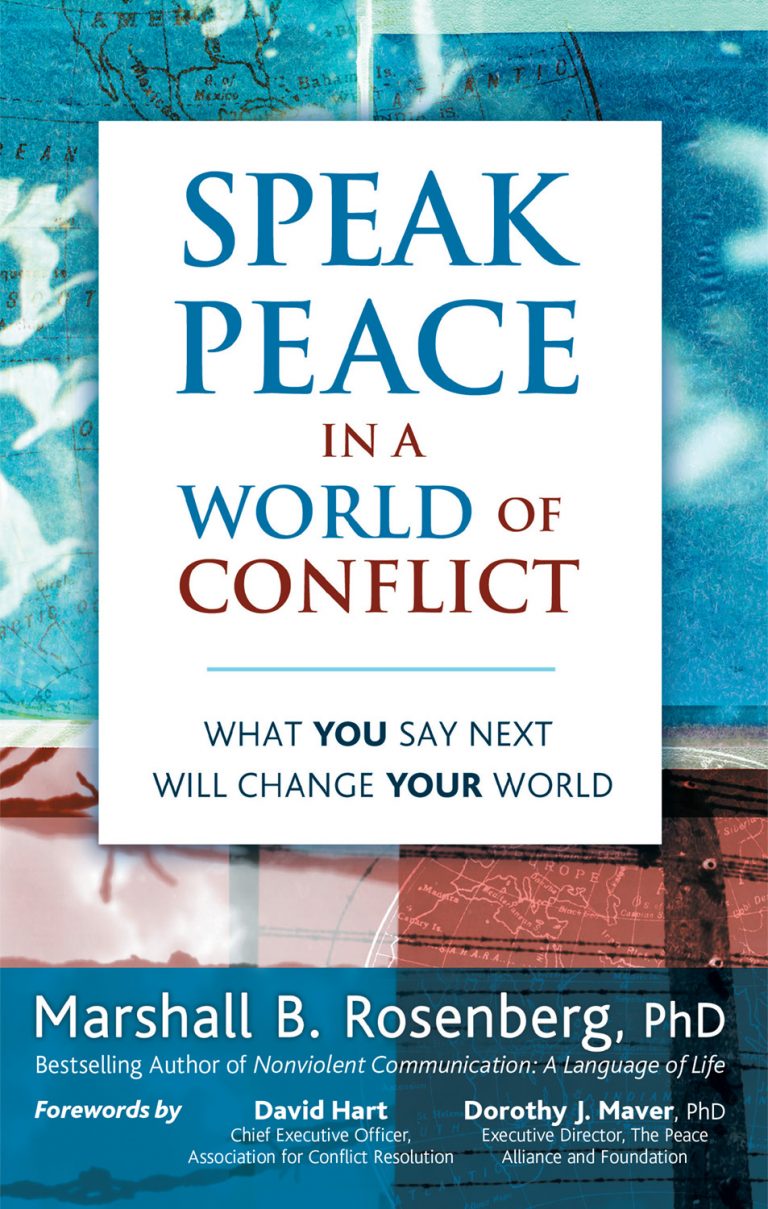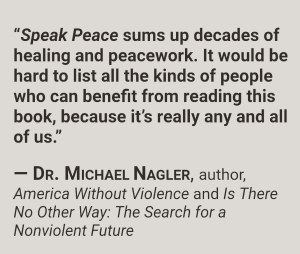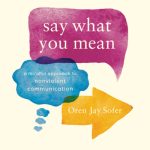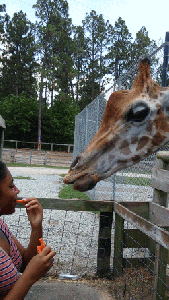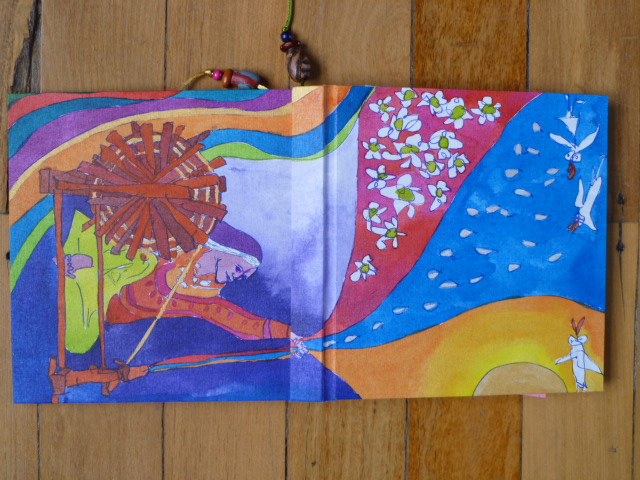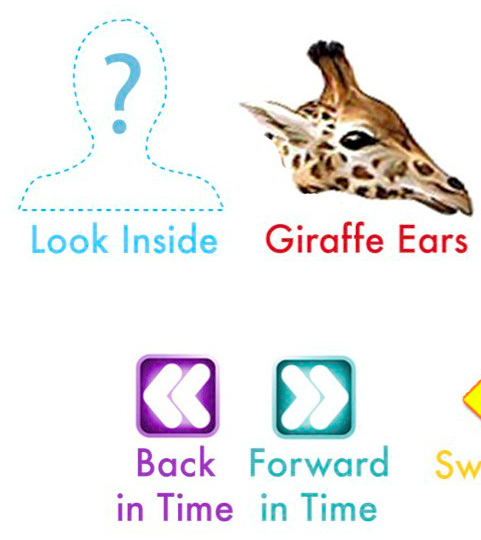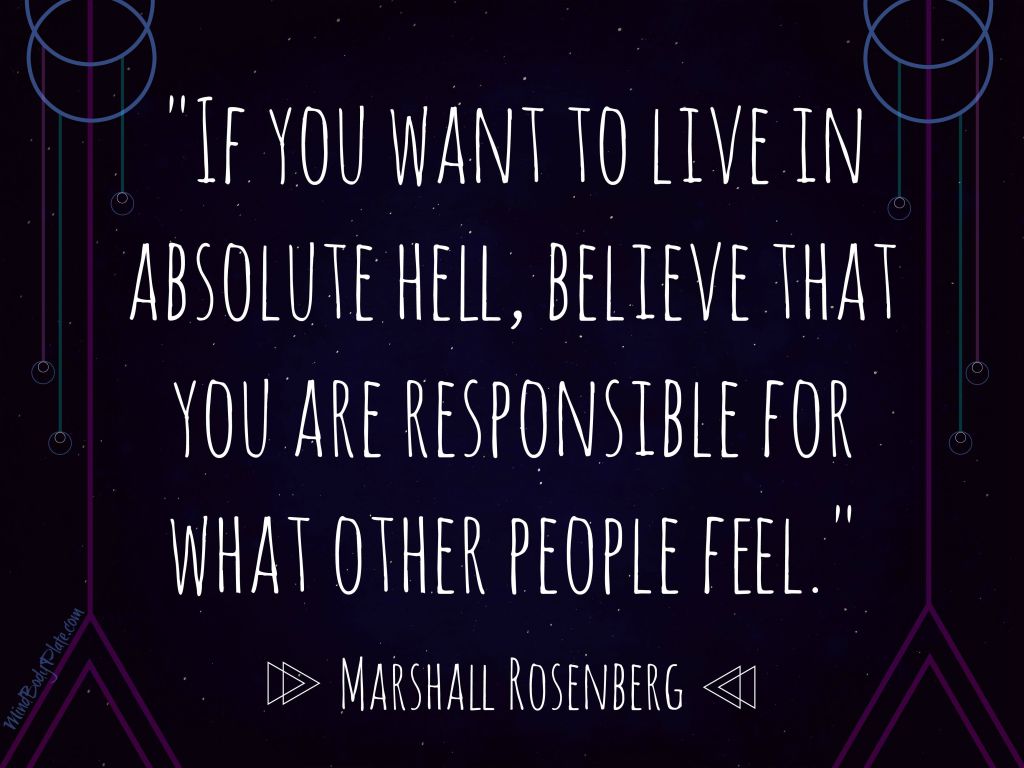What’s Up Next?
Sunday, February 4, 2018 ~ “Tied in a Single Garment of Destiny”
“In a real sense all life is inter-related. All men are caught in an inescapable network of mutuality, tied in a single garment of destiny. Whatever affects one directly, affects all indirectly. I can never be what I ought to be until you are what you ought to be, and you can never be what you ought to be until I am what I ought to be… This is the inter-related structure of reality.” ― Martin Luther King Jr., Letter from Birmingham Jail: Martin Luther King Jr.’s Letter from Birmingham Jail and the Struggle That Changed a Nation
Inquiry: Are you able to discern the “please” and/or “thank you” being offered in a hard-to-hear message (whether the stimulus comes from within or without)? Which giraffe-translation means most often come into play (e.g. Peace/Love/Joy, Jackal/Giraffe, etc.)? Which maps (e.g. SCP/self-connection process) most serve you to this end?
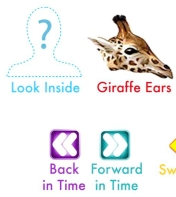
“I believe that, as human beings, there are only two things that we are basically saying at any given time: ‘please’ and ‘thank you.’ The language of NVC is set up to make our ‘please’ and ‘thank you’ very clear so that people do not hear anything that gets in the way of our giving to each other from the heart.” ~ Marshall B. Rosenberg, Ph.D.

Tools for working with our hard-to-hear messages, whether external/internal:
Three [Dialogic] Choices:
Emotions are action-requiring neurological programs
Self-Connection Process [SCP]
Enemy Image Process [EIP]

Jan Davidsz. de Heem
“Compassion is being able to see and by ‘see’ I mean through the heart as opposed to ‘see’ in some sensory, intellectual way; to see through the heart the beauty and the tragedy, if you will, the love and the love that is appearing in a disguised form in all of those who come our way and in all of the experiences that emerge into our sphere. But it must also be recognized that compassion, compassionate self care is a way of coming to our current perception, our current fear, our current judgment and respecting that with the same integrity and with the same steadfastness as we respect that fear after it begins to translate itself into something warmer and deeper.” ~ Stephen R. Schwartz
Internal conflict | Define Internal conflict at Dictionary.com
1. psychological struggle within the mind of a literary or dramatic character, the resolution of which creates the plot’s suspense: Hamlet’s inaction is caused by internal conflict. 2. mental struggle arising from opposing demands or impulses.
Hamlet – “To Be or Not To Be…” Soliloquy Compilation
Last weekend, a friend called to confirm our plans to meet later that day at the symphony, a couple of spare tickets having fallen into her lap, as I had already accepted her generous offer to attend as her guest days prior. “Ready for tonight?” she inquired. Immediately, she could sense my hesitation. Something had occurred since we last spoke that had left me in a funk, the depths of which were at the edges of a bell curve distribution; I told her I genuinely feared my moodiness might be contagious.
One of the unanticipated, yet most cherished side benefits from studying NVC has come from having a heightened attunement to the complexity of my interior realm. This originally came from many years of role playing, during NVC mediation practice, most especially the times that involve an “internal conflict” (a stimulus which fragments one’s inner world, splitting it into two or more unique points of view). Debating an issue’s pros and cons, for example, dynamically allows it to unfold in a more experiential, less static way. By sinking more deeply into each point-of-view, via taking two differing ‘conflictant’ chairs, I’ve become increasingly attuned to the life-energy or universal-human-needs that animate all conflict. And in the process of delving more deeply into the contrasting points of view, I become more capable of a “3rd chair” (mediator’s) presence, what is known as self-in-presence for those familiar with Inner Relationship Focusing. In the process of a cathartic airing of a partial perspective, the whole snaps more clearly into focus.
My friend and I both opted to risk any emotional contagion and later that evening I found myself seated in the pre-concert talk, offered by one of my favorites, a professor of music from a neighboring university who is both entertaining and profound. In honor of what would have been Leonard Bernstein’s 100th birthday, the music professor was speaking of Bernstein’s Serenade after Plato’s “Symposium” and had just begun reading the “ladder of love” portion of Plato’s Symposium (a metaphor in which Socrates, praising Eros, while recounting the teachings of a priestess, Diotima). I was riveted, but just then became distracted by an usher and couple in the aisle right beside me haggling over proper seating. Initially, I tried to disregard the intrusion, the actual concert wouldn’t start until more than a half hour from then and, bemusedly I pondered, ‘wasn’t it obvious that these sparsely attended pre-concert talks were not in accord with anything like assigned seating’? When it became obvious that I was missing key portions of the lecture, my friend and I moved to another row, seething all the while. I confided that these sorts of distractions were an irksome pet peeve of mine, later in the foyer. Internally, I noted a kind of bitter residue, as to my sense of disappointment that I hadn’t been more adroit in my handling of the situation at the time.
In NVC mediation practice, after a round, all participants partake of a debriefing, a kind of #MournCelebrateLearn process as to each person’s experience of what has just unfolded. I’ve found that this Mourn/Celebrate/Learn process can be invaluable in day-to-day life, more broadly, as well. Recognizing that in this circumstance, I’d unwittingly ‘dropped’ my own needs, to hear and understand (the lecture), in attempting to seem courteous , respectful. This is what could be described as an interior conflict, one in which you have competing impulses, each wishing to attend to differing needs.
Who Are We Really? : C.G. Jung’s “Split Personality” | Psychology Today

23 dingen voor musea via Wikimedia Commons
As fate would have it, I was to get a second bite at the apple of my internal conflict. During the actual symphony, the couple directly to my left had a running dialogue between them and one that– to my mind — wasn’t conducted in an especially hushed, whispery tone of voice. For the first movement, a more uproarious one (Fancy Free), I debated how to assert my own needs in a way that wouldn’t be too disruptive to a sense of harmony. Every articulation I came up with seemed overwrought. Finally, by the second movement, the violinist’s solo afforded a kind of stillness that seemed more conducive to my making a request. I touched the upper arm of my seated neighbor, while placing a finger to my lips and saying, “shush, please”. It worked like a charm, as I’d guessed it would by the time I sifted through all the other available options and arrived at its more streamlined simplicity. This is a kind of “street giraffe”…
I do not know whether my foul mood or tendency to overthink (muddled NVC’s OFNR strategizing) resulted in the lag time towards arriving at that rather pedestrian, obvious option, but I nevertheless benefited from the process. By the time I calibrated that “shush, please” was most ideal to the symphony hall setting — “tied in a single garment of destiny” — I assumed that my request would be heeded and not provoke a backlash (that a more wordier phrasing might have). Striking that ideal balancing act, proceeding with gyroscopic equilibrium, isn’t always as obvious or easy. However, it is through the awareness of both the internal conflicts and external stimuli, that greater equanimity can eventually come.
As the symphony neared its end, I noticed the fleeting thought of “I wish I didn’t exist” followed quickly on its heels by a sense of appreciation, reverence even, for having been enraptured by such gorgeous sounds. I noted that each of these sentiments might have had the [universal-human] need for ‘discovery’ at its respective root — on the one hand a cri de coeur that there might be cessation to any evolving discovery, out of a wish for ease, perhaps, while on the other hand a sense of being incredibly privileged to have both the opportunity and the musical-appreciation inclination. I noted, too, that this interior awareness would not have been possible, while still preoccupied by other, more external stimulation.
The Buddhist nun, Pema Chodron, has a term — bourgeois suffering — for these pedestrian, everyday annoyances. She offers that by working with the more minor irritants, we might build a muscle for working with ones that loom ever larger.
Joel 2:13 13 Rend your heart and not your garments…
I can see this external/internal conflict, writ large, in less individual, more civilization-oriented dynamics. For example, in 2015 at Paris — cognizant of our being “tied in a single garment of destiny” — we collectively opted to salvage the worse case scenario for our species by arriving at a climate agreement. In 2018, however, our attention has been divided to more nuisance-like neighborly concerns (e.g. Russian probe, etc.). It is only in the stillness, with a lack of overbearing external interference, that we can sometimes attune to the depths and that which matters most. Ironically, with each Pruitt/E.P.A. repeal of yet another environmental regulation, I’m acutely aware of the collective suffering, for future generations of Russians (for example) in addition to Scott Pruitt’s own descendants. How the splintered, back-biting that colors the early 21st century might appear to those on the back end of the same era (when the tragedy of our lack of unified, coordinated preventive measures come into sharper focus). I, for example, had a father who betrayed me in my youth, setting up quite a bit of traumatic recovery throughout adulthood, and I wouldn’t wish that cross-generational angst on anyone, even those whose ethical compass I question. As I consider our collective “shared reality” — the laws of climate physics bearing down upon us — I recognize that however things unfold in the near term, the reality-based bill will come due eventually and along with it a kind of assessment (sentencing, even) of various power-broker’s respective character.
So, in a sense, when we attune to our interior conflicts — the foreboding of Cassandra-esque appeals of climate scientists, for example — it can afford a chance to muster the requisite initiative to engage more clearly and decisively with more external strife, towards a more harmonious whole (cloth).
During a recent NVC mediation practice group with John Kinyon, someone was working through what is referred to as an ‘intensity exercise’ around some hard to hear feedback from a boss. John noted that Marshall Rosenberg often suggested that any time we hear a message that is too difficult to take in, we can get past the thoughts another is having about us by tuning in, instead, to the feelings and needs being expressed (any words can be heard as a “please” by translating what is being said into feelings/needs). Often this is difficult to do in the moment, however, John demonstrated how working with a mindfulness practice: taking a breath, feeling into our body, becoming aware of the larger realm in which we exist, we can sometimes override the fight/flight/fear impulse that overtakes us in the moment.
Can you stop and hear the music/OFNR, especially when preoccupied/triggered?

Pieter Claesz
From the author, Piero Ferrucci, who begins his chapter on empathy, in a book titled:
The Power of Kindness: The Unexpected Benefits of Leading a Compassionate Life
with this instrumental analogy:
 Wikimedia Commons
Wikimedia Commons
“Although I am not a musician, I once had the opportunity to hold in my hands an exquisitely made violin dating to the eighteenth century. What amazed me, even more than its harmonious lines or the beautiful grain of its wood, was that, holding it, I could feel it vibrate. It was not an inert object. It resonated with the various sounds that happened to resonate around it: another violin, a tram passing in the street, a human voice. If you hold an ordinary, factory-made violin, that just doesn’t happen. There can be hundreds of sounds around it and the violin remains numb. In order to obtain that fine sensitivity and extraordinary resonance of the old violin, the makers had to had an exceptional knowledge of wood and its seasoning; they were supported by the artisan tradition of generations, and they were endowed with the talent of cutting the wood and furnishing the instrument. This marvelous responsiveness is an active virtue. It is the capacity of the violin to enter into resonance, and it goes hand in hand with its capacity to create sound of extraordinary quality — music with a soul, able to move and to inspire. We human are, or at least can be, like that violin.”
60 Minutes in birthplace of Stradivarius violin
Hearing the “please” however much it is disguised…
Pearls Before Breakfast: Can one of the nation’s great musicians cut through the fog of a D.C. rush hour? Let’s find out.
“…No one knew it, but the fiddler standing against a bare wall outside the Metro in an indoor arcade at the top of the escalators was one of the finest classical musicians in the world, playing some of the most elegant music ever written on one of the most valuable violins ever made…” (continues)
Lest we think, by way of jackal ears inward, that this is indicative of ‘dumb Americanism’…
Via YouTube – “This time in Europe: A local Remix of Joshua Bells Performance in a Metro Station in Washington. Martin Yavryan, Member of the Tyrolean Symphonic Orchestra, performed in the Rush-Hour at the Main Station in Innsbruck.”
When a please it received by a thank you…
Violinist Joshua Bell’s full concert at Washington’s Union Station – YouTube
Empty, Empathic [Stradivarius-like] Presence
In 2012 I partook in a “Street NVC” tele-class — via NVC Academy — taught by Dian Killian, PhD of Work Collaboratively in NYC (beneath are excerpts from her most recent book).
Dian spoke about listening to another with our entire body (every cell), our entire being. Perhaps a similar mustering up of intense focus that I bring to bear while listening to Shakespeare or poetry, hanging on every word and what it portends. Or when enthralled by a concert or symphony. That full bodied sense of being enraptured, open. In another venue, I’ve oft heard this described as ’empty presence’. To engage with others such that we’re being completely present and receptive first (a stillness of mind); and then, only later, shifting towards ‘silent empathy’ (i.e. searching within for the key ’empathic inquiry’ terms). Then shifting yet again when we verbalize our empathy externally. A three step process. Tried it with some fellow street giraffes. The experience seems to be one of the words arising more organically, effortlessly – perhaps coming from a more capacious presence or consciousness?
Also, try exploring pg. 93 of the book beneath, i.e. the “roots and oppositions” exercise, which depicts how to decode the needs underlying judgements (see pages 91 and 92 – i.e. “Enjoy the Talking Head Show” – for an insightful explanation of the exercise ).
| Connecting Across Differences, 2nd Edition | ||
| Finding Common Ground With Anyone, Anywhere, Anytime by Jane Marantz Connor, Ph.D. and Dian Killian, Ph.D. |
||
John Kinyon guides through a brief self-empathy process (audio link – 7 minutes):
Transforming Inner Pain and Conflict: The “Chooser – Educator” Model of Self-Empathy

Is NVC Practical? | The Fearless Heart
Excerpt (by Miki Kashtan Ph.D.)
Resolving Inner Conflict
My experience of working with people in diverse situations over the years has shown me that more often than not our inner conflicts are equally if not more distressing to us than our outer conflicts. Inner conflicts take many forms. It can be a decision that we can’t make, a painful inner loop of self-criticism followed by impatience with ourselves for still criticizing ourselves, regret about something we did that we can’t seem to come to peace about, or a host of other equally familiar ones. Even our outer conflicts are often intertwined with our inner life, since our reaction to others is fundamentally more the expression of our own meaning-making than a direct result of anything the other person does.
I have seen both myself and others reach fast and lasting relief, even from ongoing issues, by applying the core practice of NVC which makes everything else possible: being able to name and make full emotional contact with the needs that give rise to the various thoughts, images, inner demands, judgments, or even fears that we carry internally. When I was agonizing for weeks with the decision about whether or not to continue to lead the BayNVC Leadership Program, I went back and forth without much progress until I listened fully to all the different voices inside myself. Once all the needs were on the table, I was able to make a decision easily and gently in less than an hour. What makes this possible, in my experience, is overcoming any reluctance to listen seriously to what any part in me would want, which allows synergy and internal coherence to emerge…
BayNVC | Conflict Hotline: Sigal and Miki are joined by role players Ali Miller and Kerry Tepperman in examining the battle between different voices inside, when write-in viewer “Lauren” struggles with whether to visit her friend in crisis and provide support.
More on mediating Inner Conflicts:
Becoming A Better Mediator By Mediating Your Inner Dialogue
by Ike Lasater, John Kinyon, Julie Stiles
February 2010
As mediators our work necessarily involves being with people who are in conflict. In the process, our own reactions to conflict in general and to the subject matter of the conflicts we mediate become stimulated. These reactions make it critical that we care for ourselves in order to continue the work of stepping into the conflict arena. Our reactions often appear in the form of judgments of ourselves or others; all too often we fall short of the critical voices in our minds that judge us against an impossible standard of perfection. When we have judgments we are experiencing internal conflict; being in conflict internally makes it difficult to be present to mediate, besides not being very enjoyable. Learning a more satisfying way to deal with these internal conflicts is a critical piece of mediator self-care.
This article provides an overview of how to use the skill of self-empathy from the body of work initially developed by Marshall Rosenberg called Nonviolent Communication (for more information see CNVC.org). Self-empathy in conjunction with the NVC mediation model can be applied to care for ourselves in the course of our work as mediators and in our day to day lives. In this way, we not only support ourselves to work through our internal conflicts, we also continually sharpen our mediation skills; the result of both is that we become better mediators… (continues)
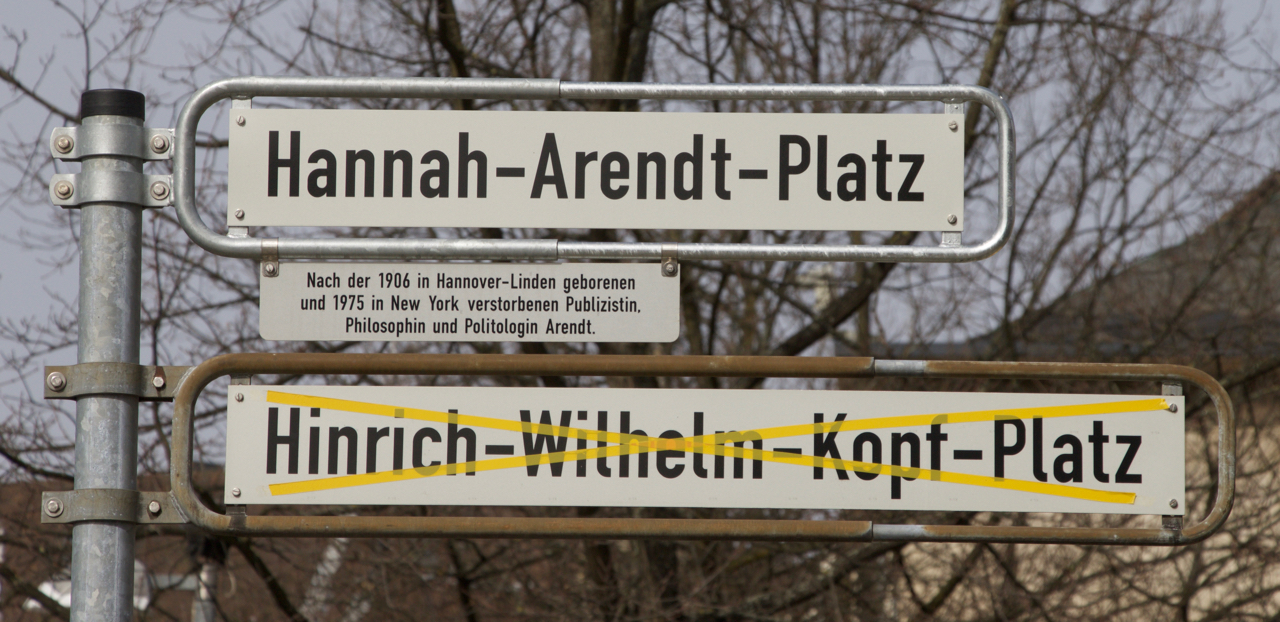 By Robin Oomkes via Wikimedia Commons
By Robin Oomkes via Wikimedia Commons
“The earth is the very quintessence of the human condition.” ~ Hannah Arendt



